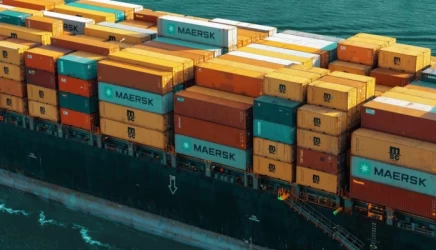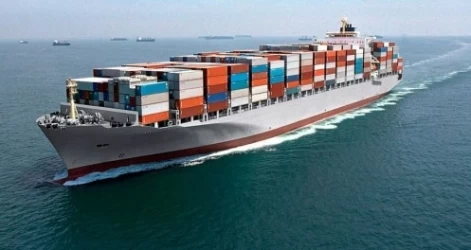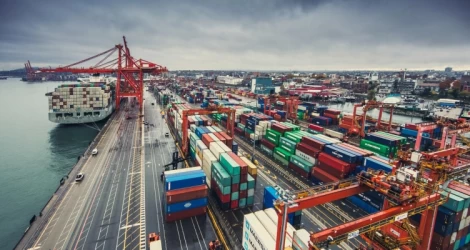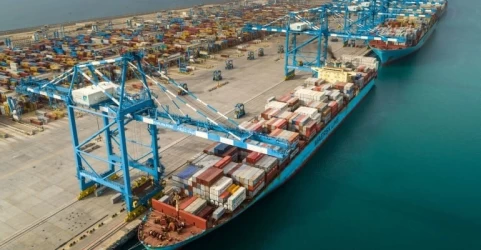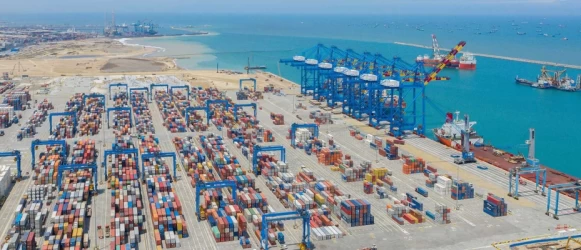Sea transportation in Nansha port
Nansha Port, located in the Nansha District of Guangzhou, Guangdong Province, China, is one of the key ports in the Pearl River Delta and plays a significant role in maritime transportation and international trade. As a crucial hub for shipping and logistics, Nansha Port facilitates the movement of goods both domestically and globally. This article will explore the geographical significance, infrastructure, services, economic importance, and future developments of Nansha Port in the context of maritime transportation.
Geographical Significance
Nansha Port is strategically situated at the mouth of the Pearl River, making it a pivotal connection point between southern China and global markets. Its proximity to major cities like Hong Kong and Macao enhances its capacity as a transit point for international trade. The port serves as an essential gateway for the movement of goods to and from the densely populated and industrialized regions of southern China.
Infrastructure and Facilities
Nansha Port boasts advanced infrastructure, designed to accommodate various types of cargo. The port features multiple terminals for the loading and unloading of containers, bulk cargo, and liquid commodities. One of the distinguishing features of Nansha Port is its deep-water berths, which can accommodate large vessels, allowing for efficient maritime operations.
Key infrastructure elements include:
- Container Terminals: Nansha Port is equipped with several state-of-the-art container terminals that utilize modern loading and unloading equipment, enabling efficient handling of containerized cargo.
- Logistics and Warehousing: The port has extensive logistics and warehousing facilities, providing services such as cargo storage, distribution, and customs clearance. These facilities are equipped with modern technologies to ensure smooth operations and quick turnaround times.
- Transport Connectivity: Nansha Port is well-connected to various transportation networks, including road and rail systems, facilitating efficient inland transportation of goods. This multimodal transport capability enhances the overall logistics efficiency of the port.
Services Offered
Nansha Port provides a wide range of services to support maritime transportation and trade, including:
- Customs Clearance: The port offers streamlined customs services that expedite the clearance process for imported and exported goods. The implementation of electronic customs systems reduces processing time and minimizes bureaucratic hurdles.
- Cargo Handling: Efficient cargo handling services are available, ensuring quick loading and unloading of goods. The use of advanced equipment and skilled personnel enhances operational efficiency.
- Ship Services: Nansha Port provides various services to vessels, including bunkering, repairs, and maintenance, making it a comprehensive maritime service hub.
- Cold Chain Logistics: With the growing demand for perishable goods, Nansha Port has developed cold chain logistics facilities to ensure the safe transport of temperature-sensitive products.
Economic Importance
Nansha Port plays a critical role in the economic landscape of China, serving as a major center for foreign trade. The port significantly contributes to the import and export of various goods, including industrial products, raw materials, and consumer goods. The economic activities generated by the port not only benefit the local economy but also support China's overall economic growth.
The port's role as a logistics center further enhances its economic impact, as it provides essential services for businesses engaged in international trade. The efficient movement of goods through Nansha Port helps reduce transportation costs and improve supply chain management for companies operating in the region.
Future Developments
As global trade continues to expand, Nansha Port is undergoing significant developments to enhance its capacity and efficiency. The Chinese government has initiated several projects aimed at improving port infrastructure and services, including:
- Expansion of Terminal Facilities: Plans are underway to expand existing terminal facilities and build new ones to accommodate larger vessels and increasing cargo volumes.
- Investment in Technology: The port is investing in advanced technologies to improve operational efficiency, including automation and digitalization of processes.
- Sustainability Initiatives: Nansha Port is also focusing on sustainable practices to minimize its environmental impact, including the implementation of green technologies and the promotion of eco-friendly shipping practices.
Conclusion
Nansha Port serves as a vital hub for maritime transportation and international trade in southern China. With its strategic location, advanced infrastructure, and efficient services, the port plays a crucial role in facilitating the movement of goods globally. As it continues to develop and adapt to the changing demands of international trade, Nansha Port is set to strengthen its position as one of the leading ports in the world, contributing significantly to the economic growth of China and enhancing global trade connectivity.
If you have any specific questions or need further assistance, feel free to ask!







